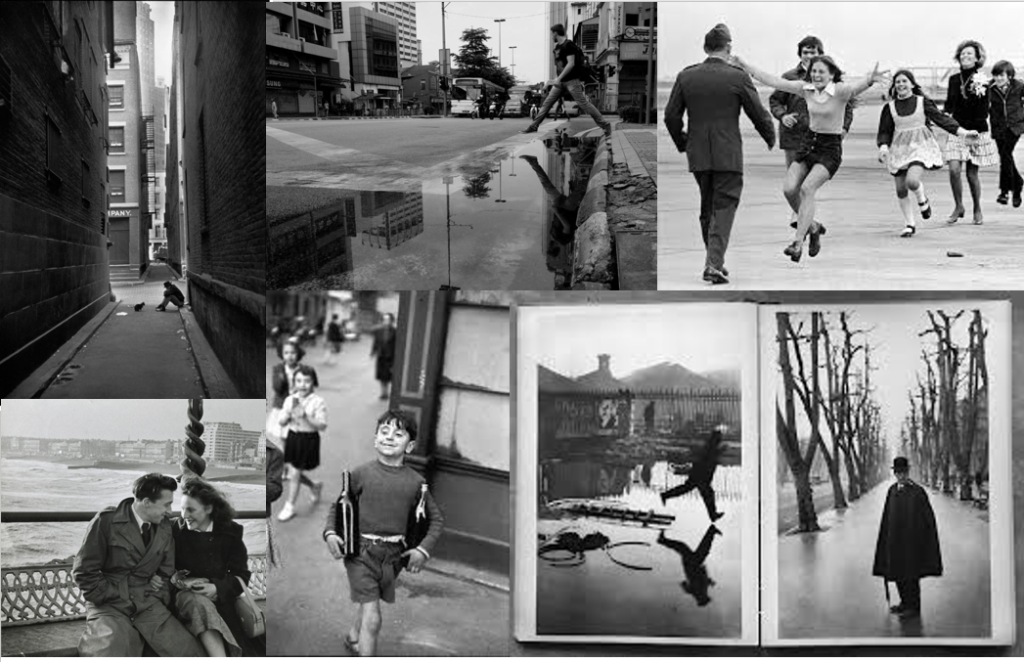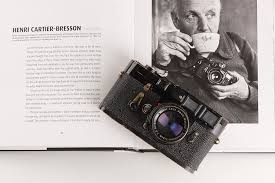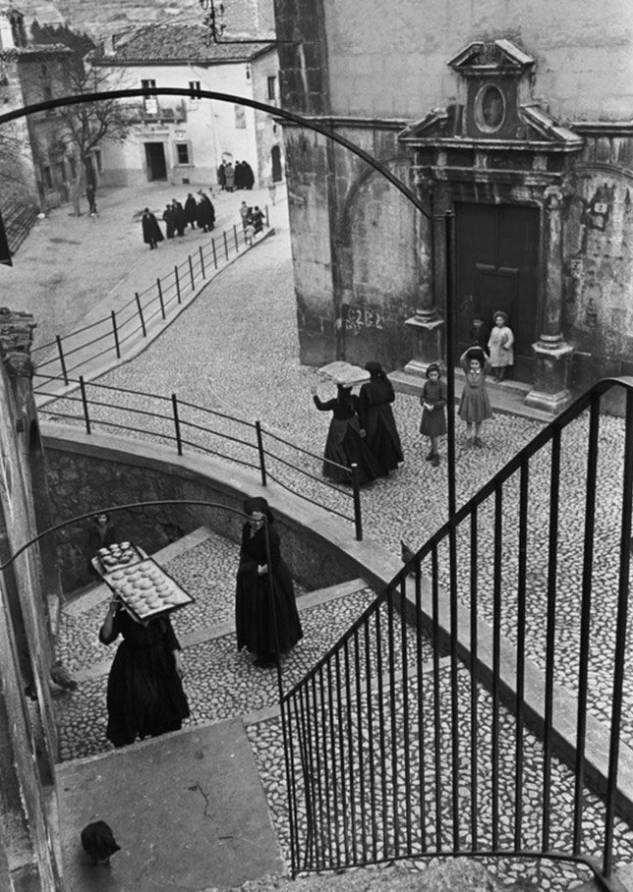
How does Henri Cartier-Bresson view the activity of photography?
Henri Cartier-Bresson once said “for me the camera is a sketch book, an instrument of intuition and spontaneity, the master of the instant which, in visual terms, questions and decides simultaneously… It is by economy of means that one arrives at simplicity of expression” basically meaning that creating a great “decisive moment” in photography is to combine your head (intellectual abilities), your eye (vision), and heart (emotions) on the “same axis”.
‘Decisive moment’
‘Biography’
Henri Cartier-Bresson (French, born August 22, 1908–died August 3, 2004) turned into an influential artist and photographer of the 20th century. Considered an early pioneer of photojournalism, Cartier-Bresson commenced his creative profession analysing portray with André Lhote. He took his first pix whilst he travelled to Africa in 1931, and he persisted with this medium upon returning to Europe. Cartier-Bresson`s pix had been posted the subsequent 12 months in Arts et Metiers Graphiques. The next years introduced the photographer`s exhibitions to Spain, Mexico, and the United States. While in New York, he studied the artwork of movement pictures, and later assisted the director Jean Renoir with Partie de Campagne, a brief movie taken into consideration exemplary of Impressionist cinema. In 1937, Cartier-Bresson directed a documentary on healthcare in Spain, and photographed the coronation of Great Britain`s George VI. His travels and topics once in a while introduced undesirable attention, inclusive of whilst he turned into incarcerated in Nazi Germany in 1940, at the same time as serving within side the French army. Escaping on his 0.33 attempt, he later blanketed the liberation of France, and filmed a documentary on battle reparations. Many within side the United States believed him to have perished within side the battle, so Cartier-Bresson travelled to New York in 1946 to open an exhibition at The Museum of Modern Art. The following 12 months, he hooked up Magnum Photos, a photographer-owned cooperative, with Robert Capa, David Seymour, William Vandivert, and George Rodger. The following years determined the photographer within side the Far East, protecting the demise of Ghandi, the upward thrust of Communist China, and the Indonesian independence movement. Cartier-Bresson spent maximum of the Nineteen Fifties lower back in Europe publishing books of his photographic essays. The subsequent decade, however, supplied many extra tour opportunities, consisting of visits to Fidel Castro`s Cuba, Japan, and the United States. While in America, he directed documentaries for CBS News. In 1975, he gave up pictures to go back to portray. His photographic legacy is summarized via way of means of his very own book, Images à los Angeles Sauvette, or The Decisive Moment. Cartier-Bresson`s capacity to seize the cut up 2nd whilst a choice turned into made or whilst a direction turned into reversed introduced energy to his pictures, a energy many succeeding generations of photographer nevertheless are seeking to re-create. The artist died on August 3, 2004.
‘Camera & Lens’
His technique: Henri Cartier-Bresson almost exclusively used Leica 35 mm rangefinder cameras equipped with normal 50 mm lenses or occasionally a wide-angle for landscapes. He often wrapped black tape around the camera’s chrome body to make it less conspicuous.

‘Photo Analysis’

Henri Cartier-Bresson photo analysis
In this photo you can see that the railings, even the pigeon, are locking into the reciprocals and the women in the middle are on the baroque diagonal. He’s capturing all of the repeating verticals of the railings which also helps with depth. But the hard part, and one that takes a bit of thinking, is to capture the diagonals. Here we can see he’s repeating three diagonals. The middle diagonal, with the line of women, is the exact line of direction (even though some of the women can be found on the baroque diagonal). He’s even got a few coincidences where he planned to press the shutter button. The one that impresses me the most is the one that comes down from the top middle and coincides with the woman standing and the railing.
